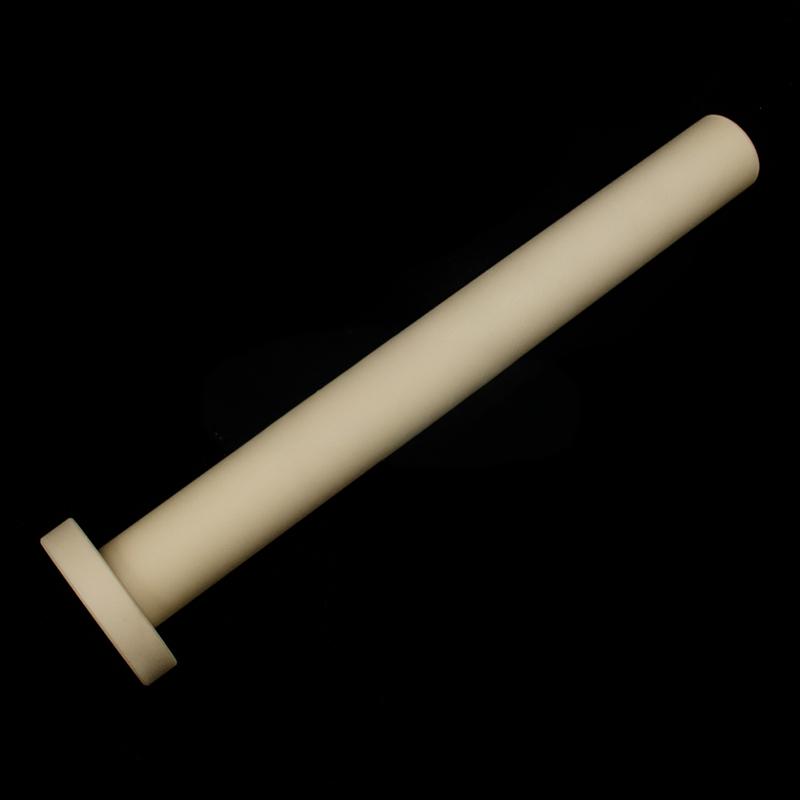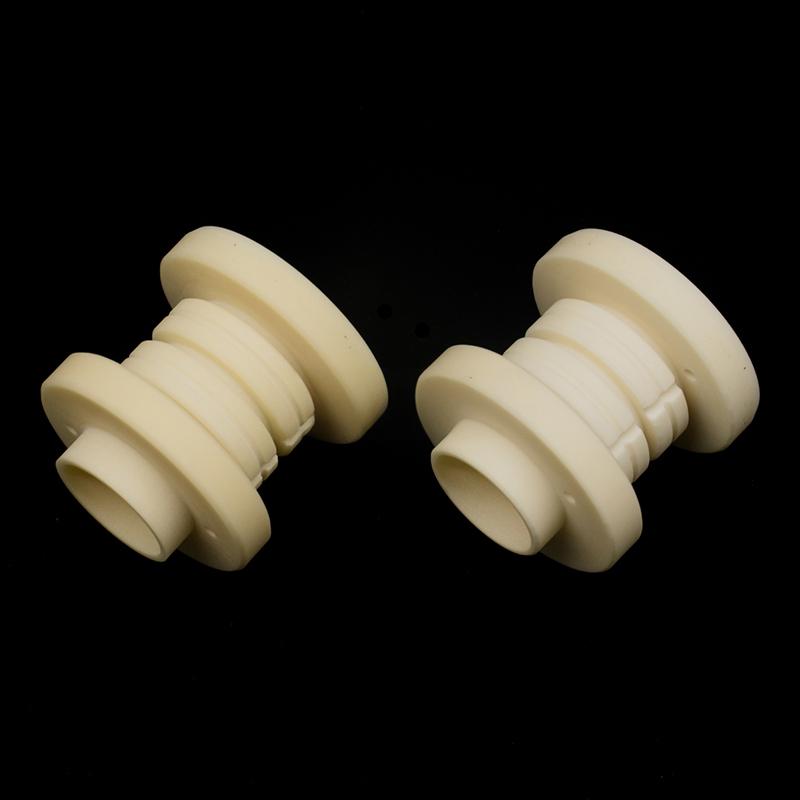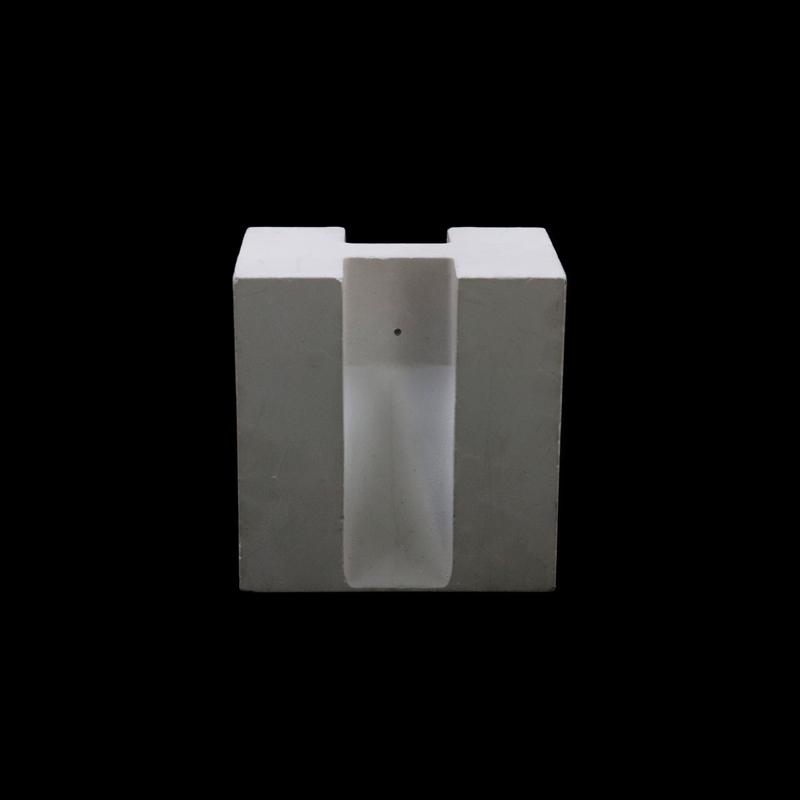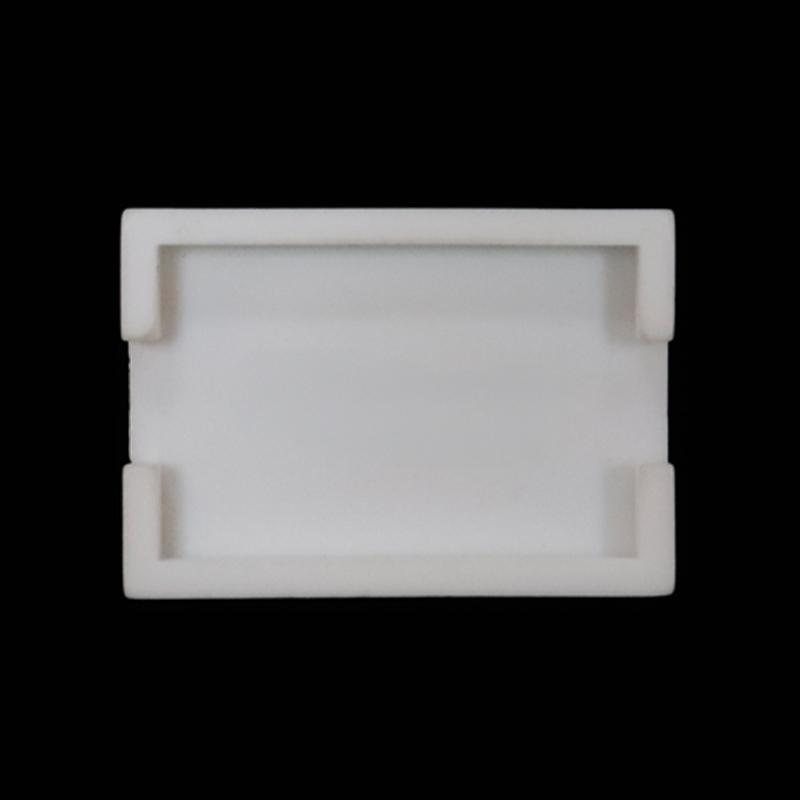¿Cuáles son las ventajas de la cerámica de circonio en los componentes de las baterías?
Con el rápido desarrollo de las nuevas tecnologías energéticas, la demanda de baterías de alto rendimiento, como las baterías de litio y las baterías de estado sólido, aumenta día a día. El rendimiento, la seguridad y la vida útil de una batería dependen en gran medida de la selección de materiales de sus componentes clave. Cerámica de circonio El óxido de circonio (ZrO₂) desempeña un papel importante en los componentes de las baterías debido a sus excelentes propiedades físicas y químicas. Esto

Características básicas de la cerámica de óxido de circonio
La cerámica de circonio es una cerámica estructural de alto rendimiento con las siguientes características clave:
-Alta resistencia mecánica: alta dureza, buena resistencia al desgaste y capacidad para soportar grandes tensiones mecánicas.
-Excelente estabilidad química: Resistente a la corrosión ácida y alcalina, no reacciona fácilmente con el electrolito.
-Punto de fusión elevado (aproximadamente 2700 °C): Adecuado para aplicaciones en entornos con altas temperaturas.
-Baja conductividad térmica: Aislar eficazmente y reducir el riesgo de sobrecalentamiento de la batería.
-Conductividad iónica (después del dopaje): Se puede utilizar para electrolitos de estado sólido con el fin de mejorar el rendimiento de las baterías.
Estas características lo convierten en un material ideal para componentes clave de las baterías.

Aplicación y ventajas de la cerámica de circonio en componentes de baterías
Electrolito sólido (mejora la seguridad y la densidad energética)
Problema: Los electrolitos líquidos tradicionales son propensos a sufrir fugas y son inflamables, lo que supone un riesgo para la seguridad; las baterías de estado sólido requieren materiales electrolíticos con alta conductividad iónica.
Solución:
La circonia dopada (como la circonia estabilizada con itrio YSZ) puede servir como electrolito sólido, proporcionando canales de transporte de ionenes estables.
-Ventajas:
-Alta estabilidad química, no reacciona con los materiales de los electrodos.
-Resistente a altas temperaturas y reduce el riesgo de sobrecalentamiento.
-Mejorar la densidad energética de la batería y prolongar su vida útil.
Separador de batería (seguridad mejorada)
Problema: Las membranas poliméricas tradicionales son propensas a encogerse y fundirse a altas temperaturas, lo que provoca cortocircuitos.
Solución:
Las membranas recubiertas de cerámica de circonio o las membranas totalmente cerámicas pueden mejorar significativamente la resistencia a altas temperaturas.
-Ventajas:
-Resistencia a altas temperaturas (>1000 °C) para evitar el sobrecalentamiento.
-Alta resistencia mecánica para evitar la perforación de dendritas de litio.
-La excelente humectabilidad electrolítica mejora la eficiencia del transporte de iones.
Recubrimiento del material del electrodo (mejora la estabilidad)
Problema: Los materiales de los electrodos (como los cátodos con alto contenido en níquel) son propensos a sufrir degradación estructural durante los ciclos, lo que provoca una disminución de la capacidad.
Solución:
-La zirconia se puede utilizar como recubrimiento de la superficie del electrodo para reducir las reacciones secundarias.
-Ventajas:
-Inhibir la descomposición de los electrolitos y reducir las reacciones secundarias en la interfaz.
-Mejorar la estabilidad de la estructura del electrodo y prolongar la vida útil de la batería.
Carcasa de la batería y conectores (resistentes a la corrosión, alta resistencia)
Problema: La carcasa metálica es propensa a la corrosión, mientras que la carcasa plástica carece de resistencia.
Solución:
-La cerámica de circonio se puede utilizar para carcasas de baterías o componentes de conexión críticos.
-Ventajas:
-Resistente a la corrosión electrolítica y estabilidad a largo plazo.
-Alta dureza, resistencia al impacto y protección de la estructura interna.
-Buen rendimiento aislante para evitar cortocircuitos.

Cómo la cerámica de circonio resuelve los puntos débiles de la industria
Los electrolitos líquidos son inflamables y explosivos: los electrolitos sólidos los sustituyen para mejorar la seguridad.
Escasa estabilidad del diafragma a altas temperaturas: el diafragma cerámico es resistente a las altas temperaturas y evita el sobrecalentamiento.
Rápida degradación de los materiales de los electrodos: protección del recubrimiento superficial, mayor vida útil.
Las piezas metálicas son propensas a la corrosión: las carcasas cerámicas son resistentes a la corrosión química.
Riesgo de penetración de dendritas de litio: el diafragma cerámico de alta dureza bloquea la penetración de dendritas.

La cerámica de circonio presenta ventajas significativas en componentes clave de las baterías, como electrolitos sólidos, separadores, recubrimientos de electrodos y carcasas, debido a su alta resistencia mecánica, estabilidad química, resistencia a altas temperaturas y conductividad iónica controlable. No solo resuelve los problemas de seguridad y vida útil de las baterías tradicionales, sino que también proporciona un soporte material clave para el desarrollo de baterías de alta densidad energética de próxima generación, como las baterías de estado sólido.
Cerámica Brudeze suministra y vende una amplia gama de vidrio de cuarzo de alta calidad, incluyendo cerámica de alúmina, cerámica de circonio, cerámica de nitruro de silicio, cerámica de nitruro de aluminio, cerámica de carburo de silicio, cerámica de carburo de boro, biocerámica, cerámica mecanizable, etc. Podemos satisfacer los requisitos de personalización de varios productos cerámicos.
Etiquetas: cerámica de carburo de boro, resistente a la corrosión
ANTERIOR:¿Cuál es la dureza de las piezas cerámicas MACOR?
SIGUIENTE:¿Cuáles son las aplicaciones de las piezas cerámicas MACOR en el ámbito médico?
CATEGORÍAS
ÚLTIMAS NOTICIAS
- ¿Qué es el proceso Macor?.
- Las propiedades del material y...
- La razón del alto precio...
- ¿Cuáles son los preparativos...
- ¿Por qué modificar el nitruro de aluminio...
- Valores de conductividad térmica...
- ¿Qué es la expansión térmica?.
- Resistencia al choque térmico de...
- El coeficiente medio de...
- ¿Qué es la cerámica de alta alúmina?
